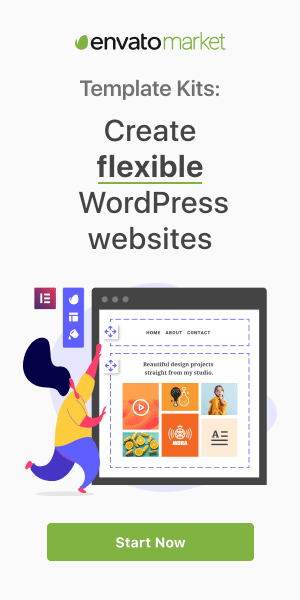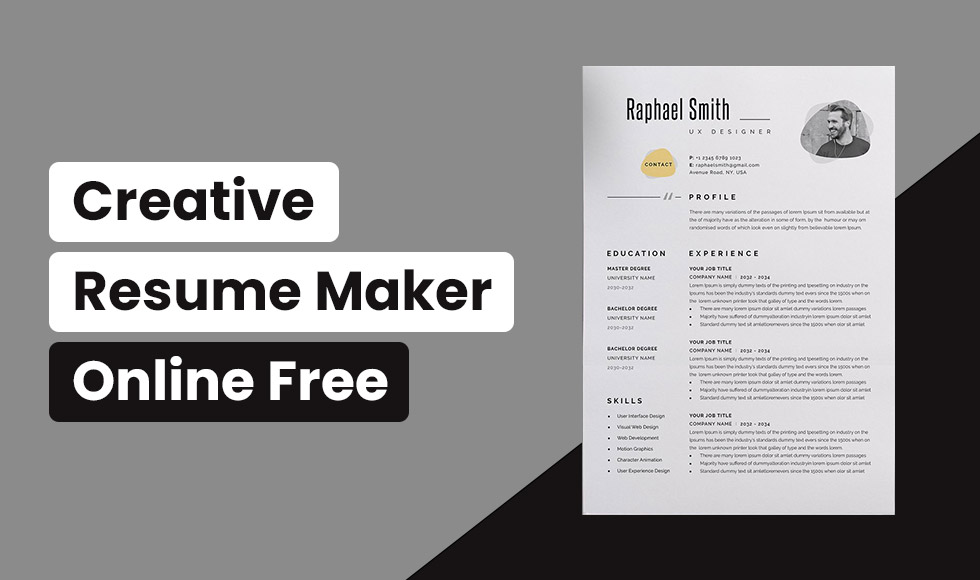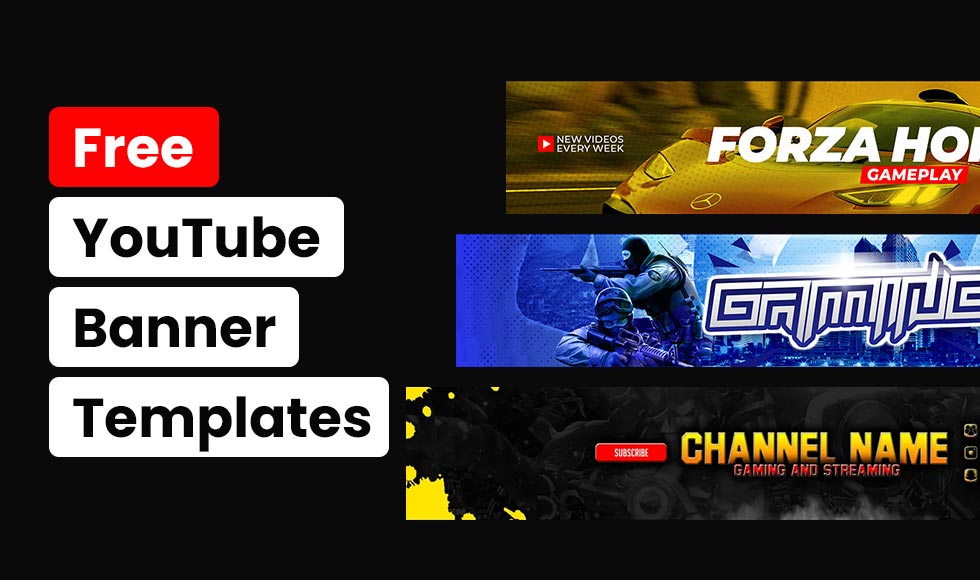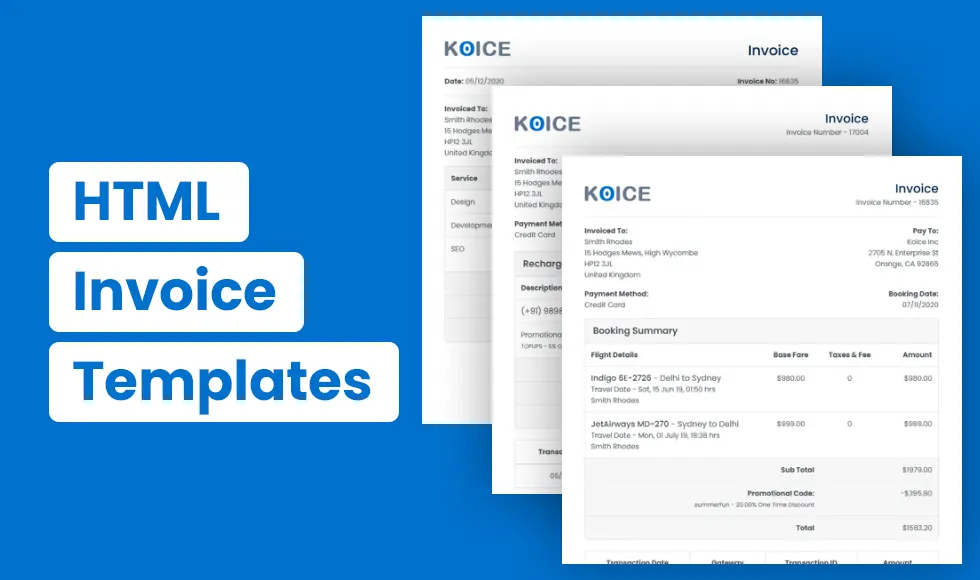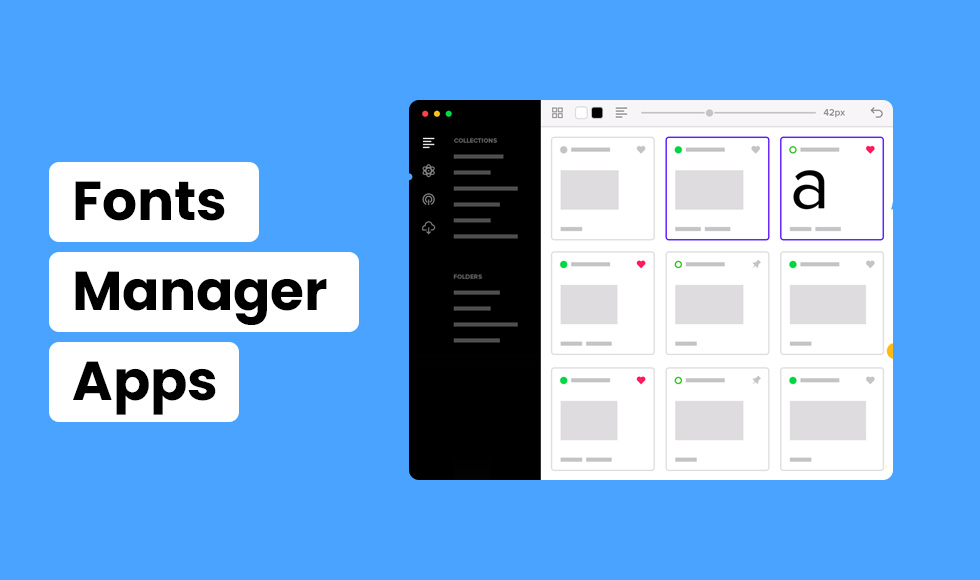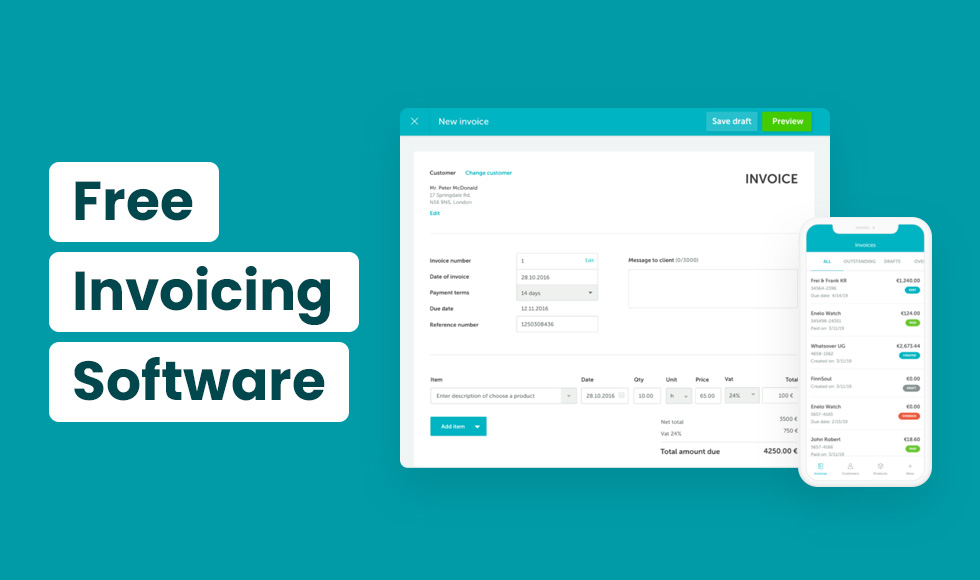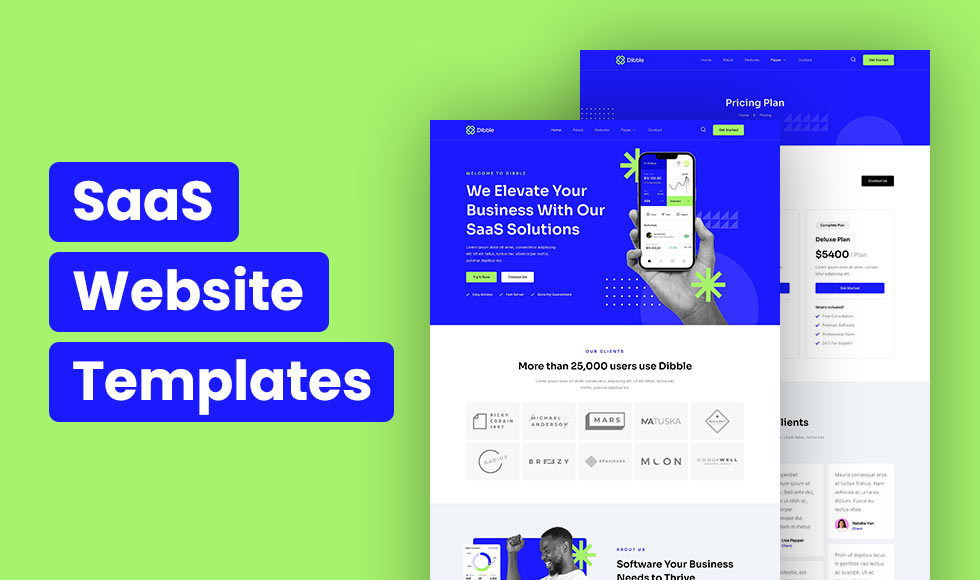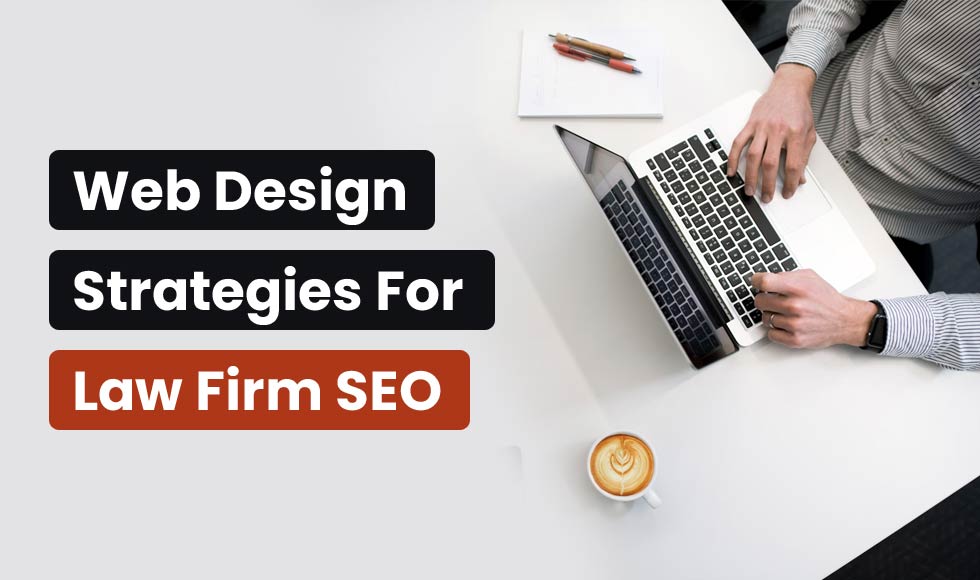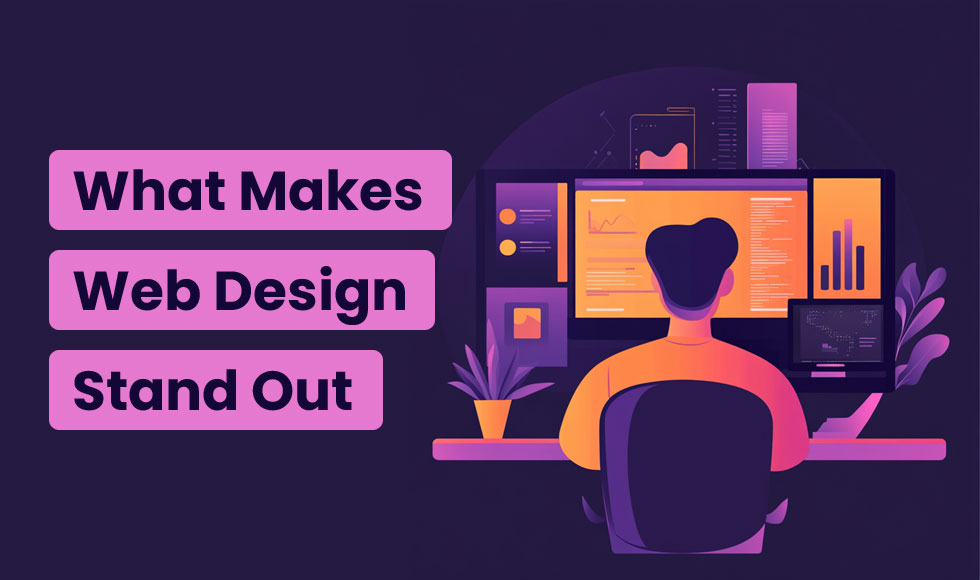As you probably know, a website is the primary building block of any business that wants to thrive in the digital age. However, the success of your website depends not only on its mere existence but also on its design. The types of website design can make or break your online success. That’s right; your website design can be the difference between a customer sticking around to browse or bouncing off to your competitor’s site faster than you can say “404 error.”
But fear not, for in this article, we will explore the three types of website design that you can choose from for your business website. So, whether you’re a fan of sleek and modern, classic and timeless, or funky and eccentric web design, we’ve got you covered.
What are the 3 Types of Website Design?
1) Static Website Design
The first type of website design is static website design. A static website refers to a rudimentary website that is constructed with the use of HTML/CSS and JavaScript. This type of website is perfect for businesses that require a simple online presence, such as a portfolio or brochure website. Static websites are not only cost-effective and easily maintainable, but they also facilitate expeditious loading, which can enhance user experience.
Static websites are great starting point for businesses that want to establish their online presence without investing too much money or time into building a complex website.
However, static websites do have some limitations. For example, they lack dynamic functionality and interactivity, which may be necessary for certain types of websites, such as e-commerce or social networking sites.
Platforms Used:
- HTML/CSS: HTML (Hypertext Markup Language) is used to create the structure of the website, while CSS (Cascading Style Sheets) is used to style the website.
- JavaScript: JavaScript is used to add interactivity to the website, such as pop-ups or animations.
- Bootstrap: Bootstrap is a popular front-end development framework that makes it easier to build responsive websites.
2) Dynamic or CMS Website Design
The second type in our list of types of website design is dynamic or CMS website design. Dynamic websites are built using a custom dynamic website using PHP or a CMS (Content Management System) like WordPress, Joomla, or Drupal.
Dynamic websites are perfect for businesses that require a more complex online presence, such as a blog or news website. Dynamic websites are also ideal for businesses that require frequent updates, as they allow for easy content management.
What is a Dynamic Website?
A dynamic website is a website that is built using server-side scripting languages like PHP, which allows for the website to be more interactive and responsive to user input. This type of website is often powered by a database and can be used to build websites that require user login, e-commerce websites, or social networking sites.
What is CMS (Content Management System)?
A Content Management software (CMS) is tool that allows users to create, manage, and modify digital content on a website without needing specialized technical knowledge. It simplifies the process of content publishing, making it easier for businesses to maintain an online presence.
Platforms Used:
- Custom Dynamic Website using PHP: A custom dynamic website is built using PHP, a popular server-side scripting language. This type of website allows for more control and flexibility, but it requires more technical expertise.
- WordPress (CMS): WordPress is the most popular CMS, powering around 40% of all websites. WordPress is user-friendly and offers a wide range of plugins and themes to customize your website.
- Joomla (CMS): Joomla is another popular CMS that offers a wide range of features and customization options. It is known for its scalability and security.
- Drupal (CMS): Drupal is a more complex CMS that is perfect for building large, complex websites. It offers a wide range of modules and plugins to customize your website.
3) E-Commerce Website Design
The third category of website design is the highly specialized and intricately crafted ecommerce website design. This type of website is purposefully constructed to provide online customers with an interactive and seamless buying experience. The principal aim of e-commerce websites is to offer a vast array of products or services to potential customers in the virtual realm.
The convenience and accessibility of e-commerce websites make them the ideal choice for businesses that aspire to transcend geographical boundaries and extend their sales operations beyond traditional brick-and-mortar establishments.
What is an E-Commerce Website?
An e-commerce website is a website that is built to sell products or services online. This type of website includes features like a shopping cart, payment gateway, and product pages.
Platforms Used:
- OpenCart: OpenCart is a popular e-commerce platform that is known for its user-friendly interface and scalability.
- WooCommerce: WooCommerce is a plugin for WordPress that allows you to turn your website into an e-commerce store. It is known for its flexibility and ease of use.
- ZenCart: ZenCart is another popular e-commerce platform that is known for its simplicity and ease of use. It offers a wide range of customization options, and it is easy to set up and manage.
- Magento: Magento is a more complex e-commerce platform that is perfect for large businesses. It offers a wide range of features and customization options, but it requires more technical expertise to set up and manage.
Conclusion
When it comes to creating a website for your business, it’s important to choose the right website design type. Depending on your business needs, you can choose from a static website, dynamic or CMS website, or e-commerce website design. Static websites are perfect for businesses that require a simple online presence, while dynamic or CMS websites are perfect for businesses that require a more complex online presence.
E-commerce websites are perfect for businesses that want to sell products or services online. Whichever types of website design you choose, it’s important to ensure that it is user-friendly, responsive, and easy to manage. Remember, your website is the face of your business online, so make sure it represents your brand and message effectively.


